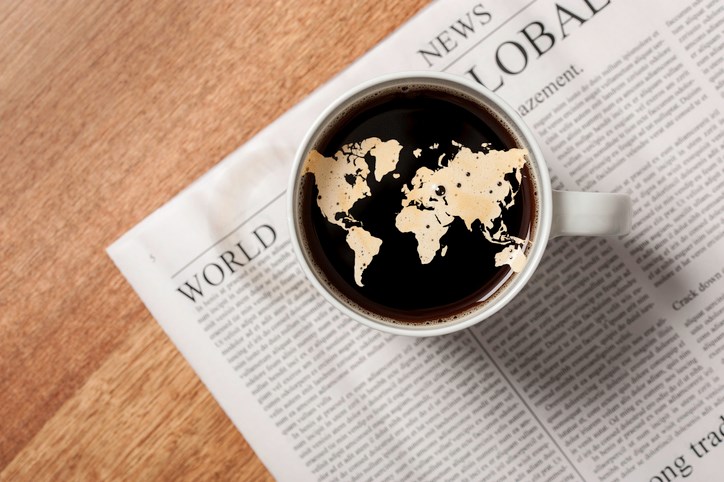I knew when I was 13 years old that I was going to work in the media.
After all, at that time, I had a mouth like a cannon – I was always shooting it off. And I viewed the media as the best avenue for my bombastic mentality.
It didn’t take me long to realize that television was out, because I had a face for radio. And radio was out, because I had a voice for Charlie Chaplin movies.
So I fell into this newspaper industry. I spent my high school and university years doing everything I could to become a newspaper reporter. Of course, I learned more in my first year at Estevan Lifestyles than I did in four years of university. This is an industry that provides all sorts of great on the job training.
This week is National Newspapers Week. It’s a chance for those of us in this industry to talk about how great we are, how important we are to keeping society informed, and the pivotal role we play in holding people accountable.
It’s not hyperbole – newspapers are vital to the community, especially in communities of this size where there are still limited legitimate media options.
We’re the place you turn to for in-depth coverage. We’re the source you turn to if you want to know what actually happened. While we’re going to be constrained by space on the page, we still get freedoms to tell a good, creative and captivating story that you can’t find in other sources.
People trust their newspapers. We see that people still turn to newspapers, whether it be in print or online. And when it comes to the paper, there is still that heightened credibility associated with the printed word.
People take it more seriously when they see it printed on a page than when they see it online.
But it’s essential for the newspaper industry to try to strike a balance between the traditional print product and digital content. For those that have a subscription, it’s even more difficult.
(If you haven’t been to the new sasktoday.ca website, you might want to check it out. It’s doing a good job of striking that balance).
There are still a lot of newspapers that are thriving. We’re seeing new papers opening. And we’re finding that people are still turning to newspapers for their information, regardless of whether it’s in print or digital.
(Judging by the 6,900-plus Facebook likes that the Mercury has on Facebook, a lot of you trust us, and enjoy what we’re delivering).
We’re seeing a changing world in which there are more options out there for people to get their news. Some of them are credible. Others are not. A lot of them cater to those who need the news to reinforce their beliefs, rather than tell them what actually happened.
A lot of these sites don’t have the measures in place to get the information out to the public, because they don’t have the ethics, or because they seemingly enjoy lying.
Thanks to Facebook, these pseudo-news sources can get spread like wildlife by people who will believe anything when it suits their agenda.
The industry has changed so much. Not just since I arrived in Estevan in September 2000, but in the last five to 10 years. Outside of the fundamentals of the job, there isn’t much that is the same.
When I started, most weekly papers didn’t have a website. Estevan Lifestyles was one of the first. Facebook, Twitter and YouTube were years away from being invented and becoming commonplace.
Back then, breaking news was still found on the front page of your daily newspaper the morning after it happened.
But I made the right decision when I decided that the newspaper industry was my chosen career field, even if that decision was aided by physical appearance and a high-pitched , boisterous voice.
Just like I made the right decision when I moved to Estevan.




